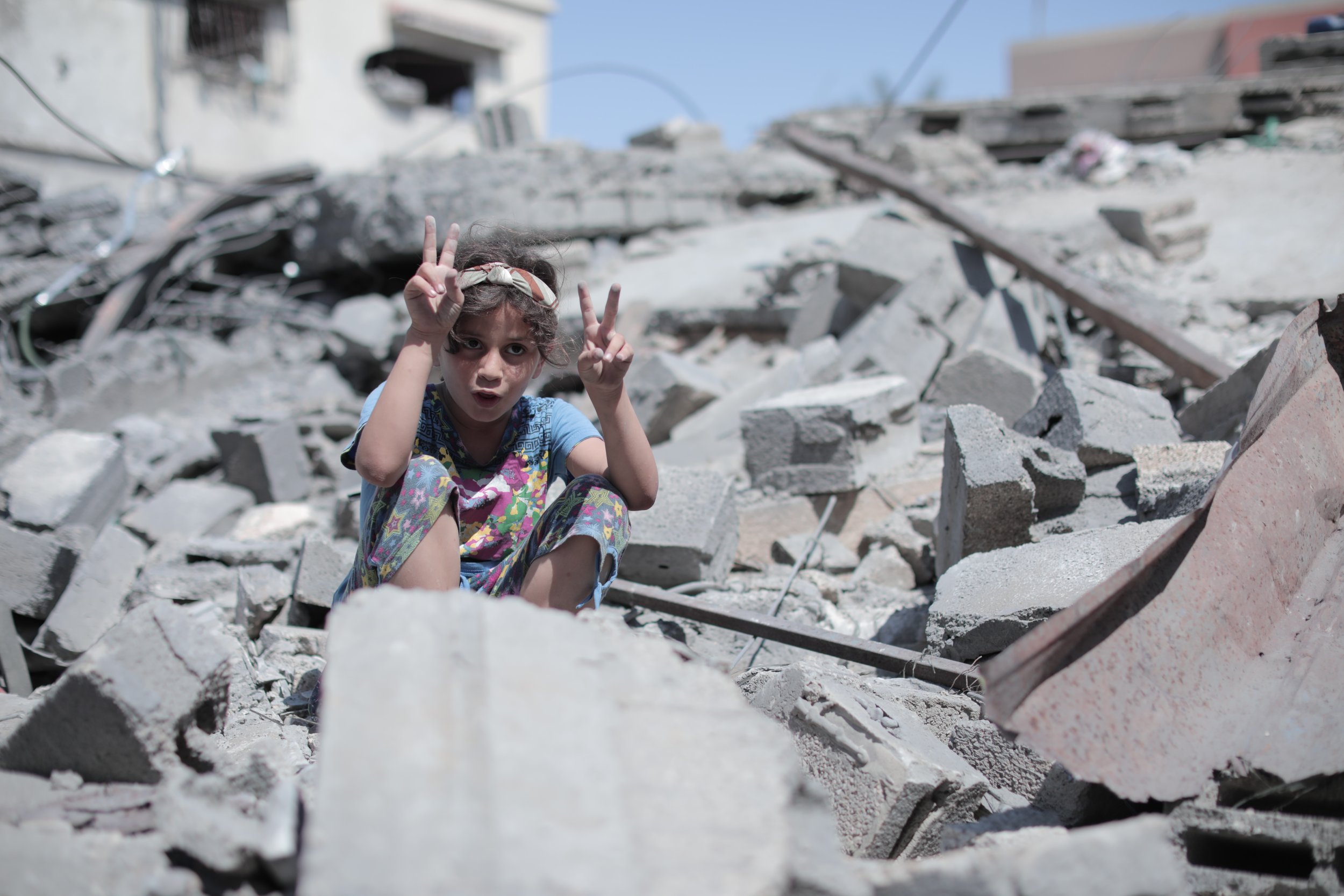Caring for Yourself While Bearing Witness to Genocide
Photo by Mohammed Ibrahim
Many of us find ourselves overwhelmed with horror, confusion, and anger as we bear witness to ongoing atrocities and genocide. In the age of social media, we’re exposed 24/7 to global news, stories, and graphic images, making what once felt distant now deeply personal. Social media reminds us of our interconnectedness and the necessity of shedding light on painful realities to collectively heal. As one of my favorite Rumi quotes states “The cure for the pain is in the pain.” When our fellow human being is hurting - we are hurting too, I recently read a post on “Black Liturgies” that captures this truth by James Baldwin, “To encounter oneself is to encounter the other: and this is love. If I know that my soul trembles, I know that yours does, too: and if I can respect this, both of us can live.” When our fellow human beings suffer, we suffer, too. Our shared survival and liberation depend on recognizing ourselves in one another, rather than seeing our lives as separate. While bearing witness to suffering is an act of empathy and shared humanity, it’s equally vital to care for ourselves during this process. Genocide, war, and systemic violence are unnatural and deeply traumatizing—both for those directly impacted and for those who experience it vicariously through media and stories.
Genocide is horrific, unnatural, & deeply traumatizing for those directly impacted & for those who experience vicariously. Vicarious trauma is the emotional and psychological impact of witnessing terror from afar. The body doesn’t differentiate between direct and indirect trauma—it only knows it’s in distress. A trauma response can exacerbate our personal stressors depending on our state of mind or window of tolerance before our brains were flooded with the news, painful stories, & graphic images online. It can trigger the ancestral/historical trauma encoded in your DNA that remembers the stories of genocide & war that may have happened to your people. You may find yourself in a trauma response because you are a mother/parent witnessing the violence & loss other mothers/parents & children are facing. A trauma response can also trigger survivor’s guilt where you may feel the pain of being alive while your fellow humans & their children are dying OR feeling guilty about being relatively safe & privileged while your fellow humans and their children are not. And sometimes we don’t know the why of being triggered, but what’s most important is knowing when you are in a trauma response.
Trauma responses manifest differently for everyone, but the key is awareness: recognizing when your body and mind are overwhelmed. Without care, trauma can immobilize us, disconnecting us from our humanity and hindering our ability to respond meaningfully. Here’s a guide to help you navigate this pain, care for yourself, and reconnect with your body and community.
1. Recognize the Signs of a Trauma Response
Your body may signal trauma through:
Physical symptoms: heaviness, GI distress, headaches, fatigue, insomnia, heart palpitations, tension, pain.
Emotional symptoms: sadness, despair, dread, anger, numbness, confusion, crisis of faith.
Behavioral signs: isolation, rumination, a short fuse, overuse of alcohol or substances, overeating or food restriction.
2. Resource Yourself: Grounding and Self-Regulation
Engage in practices that help you process and regulate emotions:
Create space to feel your emotions.
Spend time in nature or use your five senses to ground yourself.
Try breathwork, movement, or somatic release practices like dancing, shaking, stomping, or screaming.
Express yourself through art, music, or writing/journaling.
Light a candle or create an altar for grief.
Turn your worry into prayer or intention.
Focus on the basics: nourish your body, drink water, and rest.
3. Titrate Media Consumption
Titration is a trauma-healing technique that involves taking in information slowly, in manageable amounts. Instead of doom-scrolling or immersing yourself in distressing content, consume media intentionally and take breaks to avoid overwhelming your nervous system.
4. Embrace Communal Grief Processing
Healing happens in community. Trauma often isolates us, but connection restores us. Create or join spaces for:
Communal witnessing: Share your feelings and stories with others.
Emotional release: Crying, singing, or even laughing together can help process pain.
Creative expression: Gather for art-making, music, or rituals of grief and healing.
Mutual care: Support one another with kindness, empathy, and solidarity.
Moving Forward
We are living in unprecedented times where the weight of the world feels heavier than ever. But within that weight lies the opportunity to connect, heal, and transform. By caring for ourselves and each other, we can face the pain, honor it, and move toward collective liberation. Take small steps to tend to your own heart while holding space for the world’s suffering. Together, we can create a path forward rooted in love, resilience, and humanity.

